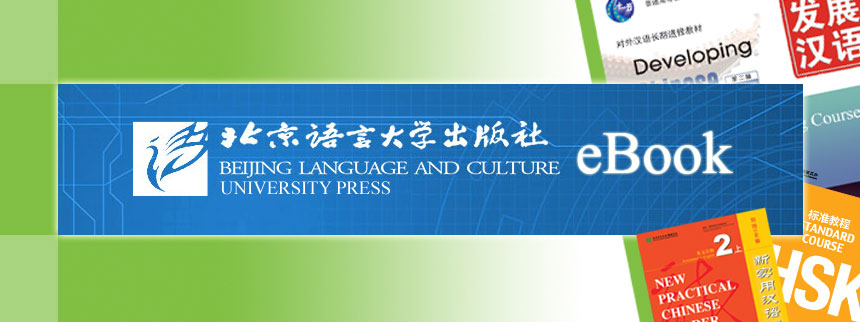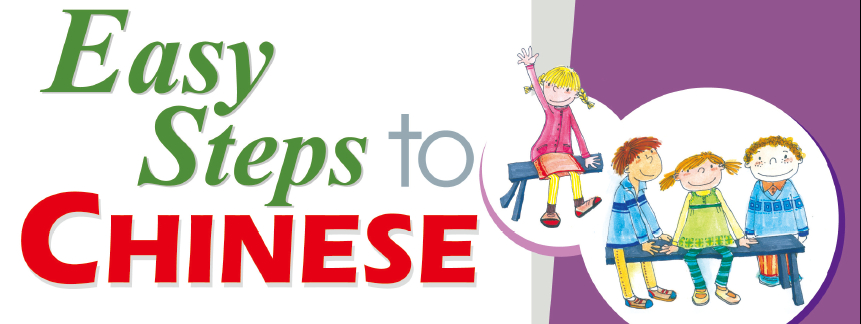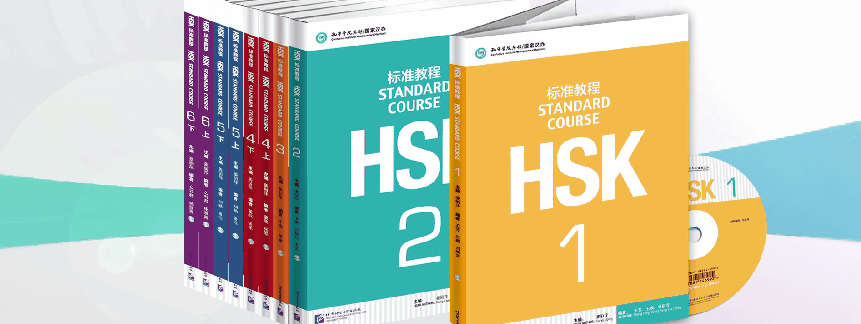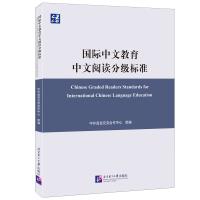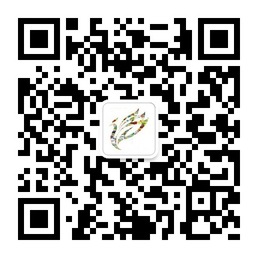Online Bookstore
Chinese Graded Reader Standards for International Chinese Language Education
Author:the Center for Language Education and Cooperation
- Medium:Books
- ISBN: 9787561966860
- Page Count: 126
- Size:285 × 210 mm
- Pub Date:2025-01
- The book weight: 300 g
- Annotation Language:English
- Course:Non-textbook
- Target Audience(Age):
- Target Audience(Language):
- Price:
-
Category: Syllabuses & Standards

